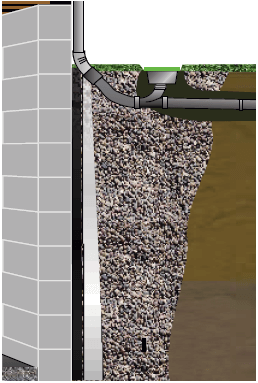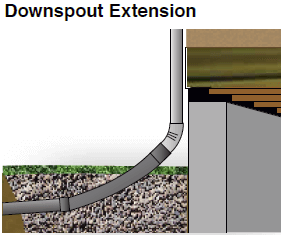If you walk into your basement and find the air feels thick, the humidity may be too high. That’s because concrete basement walls are porous, and when the soil surrounding your home is laden with water, pressures build that can compromise the structural integrity of the walls.
This force, known as hydrostatic pressure, leads to damage that allows water and moisture inside the basement. Ultimately, the damp air finds its way into the living areas of your home. If you have a humid basement or the walls feel clammy when you touch them, consider purchasing a dehumidifier, and then get to work correcting common outdoor problems that cause excessive moisture in the first place. Most minor basement humidity problems can be fixed from the outside of the home using proper drainage techniques.
Proper Grading

You can add fill dirt around your foundation to correct the grading. But if you have a concrete slab patio or driveway against your foundation that’s below grade, you may need to have the concrete replaced. You may also want to consider replacing the dirt near your foundation with gravel to help reduce the hydrostatic force on the basement walls. This improves the drainage conditions while also helping prevent structural damage.
Exterior Drainage

When landscaping is too close to your home, it can create drainage problems, too. Plants should be at least two feet from the foundation, so when you water them, you’re not also watering your foundation.
By correcting causes of excess moisture outside your home, you may be able to protect your foundation from water damage. But if you notice interior problems like stair-step cracks in walls, mildew between cinder blocks or mold growth, you may want to have a foundation repair professional inspect your home for damage.


Leave a comment: